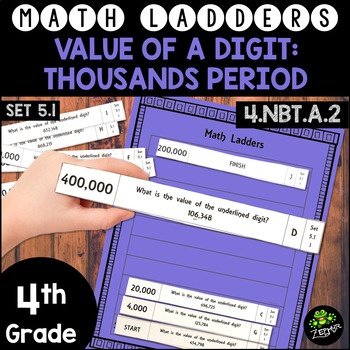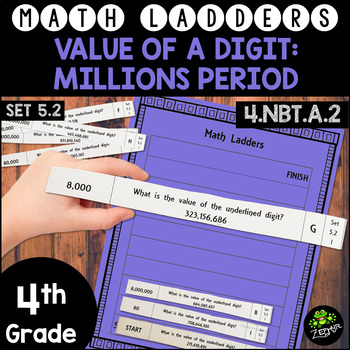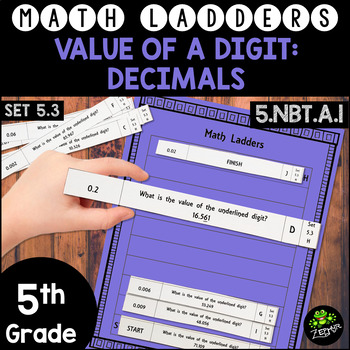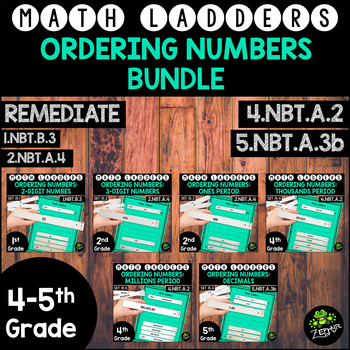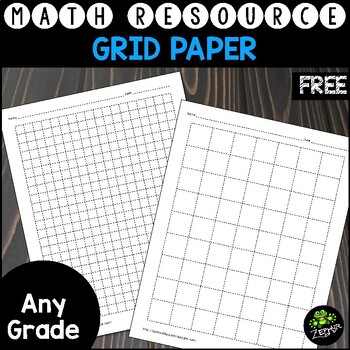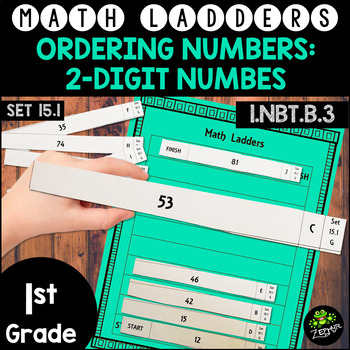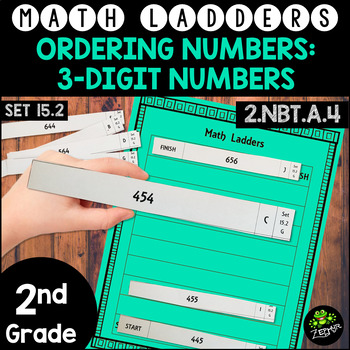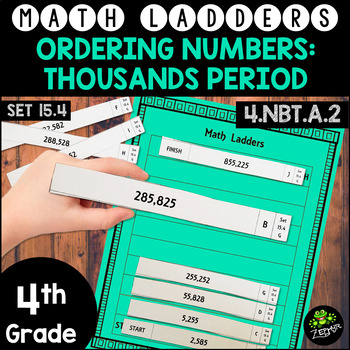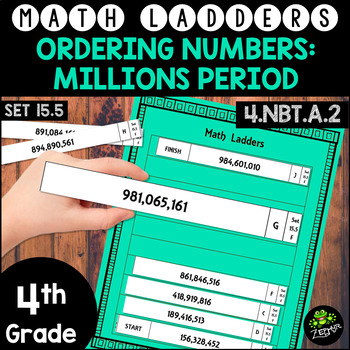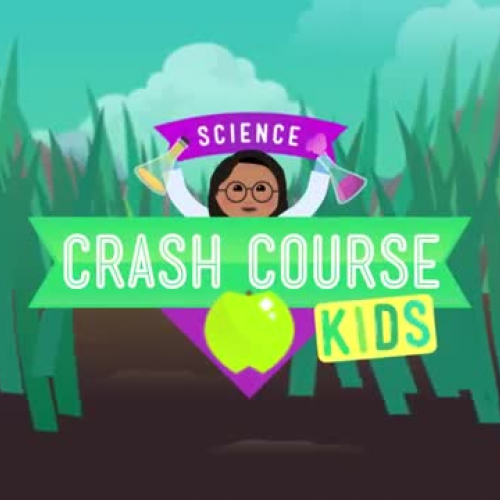My science block, on paper, is 45 minutes long. That includes changing classes, settling in, and cleaning up. With a bunch of 4th graders, you can imagine that we lose a bunch of time with transitions and lab clean up.
One thing that I have found helps get them settled is to play a quick video clip at the beginning of class to introduce the topic I'm covering that day or review what we've already learned. I usually get everyone in the classroom, converse quickly with a teammate in the hallway about whatever is going on with the kids coming in or leaving my room (behavior issues, health issues, home life issues) and then make my way to the front of the room to the computer that has the video clip queued. At that point, most of my class is ready or close to being ready.
Sometimes I'll give them a quick introduction to what the video is about, but more often than not, I cover one benchmark over several days. In those cases, I use the video to review what we did yesterday and then deepen our understanding with labs/hand-on activities, notebooks, etc.
Scholastic Study Jams & Crash Course for Kids are two FREE websites with loads of science videos. (Study Jams also has math videos). And, of course, I have to mention
Brain Pop. If you can get your school to pay for it - it's expensive- Brain Pop has videos covering nearly every topic in every subject. And, they have Brain Pop in Spanish & French - which was a life saver when I got a new student that didn't speak any English.
So, get your planner ready and start exploring. I personally like to get a list of my benchmarks out and then start penciling in video clips that go with each benchmark. If I have an extra 5 minutes at the end of class, I pull that list out and grab one of the clips that I wasn't planning on showing, but still goes with the curriculum.
That list is also a nice place to make a note of things you do NOT want to show in your classroom - certain topics like sexual reproduction in flowers (a FL benchmark) talking about sperm makes my boys giggle uncontrollably and is something I prefer to avoid, if possible. Though these are kid-friendly, I would highly suggest that you preview anything you bring into your classroom.
Brain Pop: If you are lucky enough to have a Brain Pop account, check out their
Educator's Page. Did you know that you can pull up a list of your state's standards for any subject and they'll list all of the videos that go with each standard? The work is (mostly) done for you. Just print and start making your own notes.


